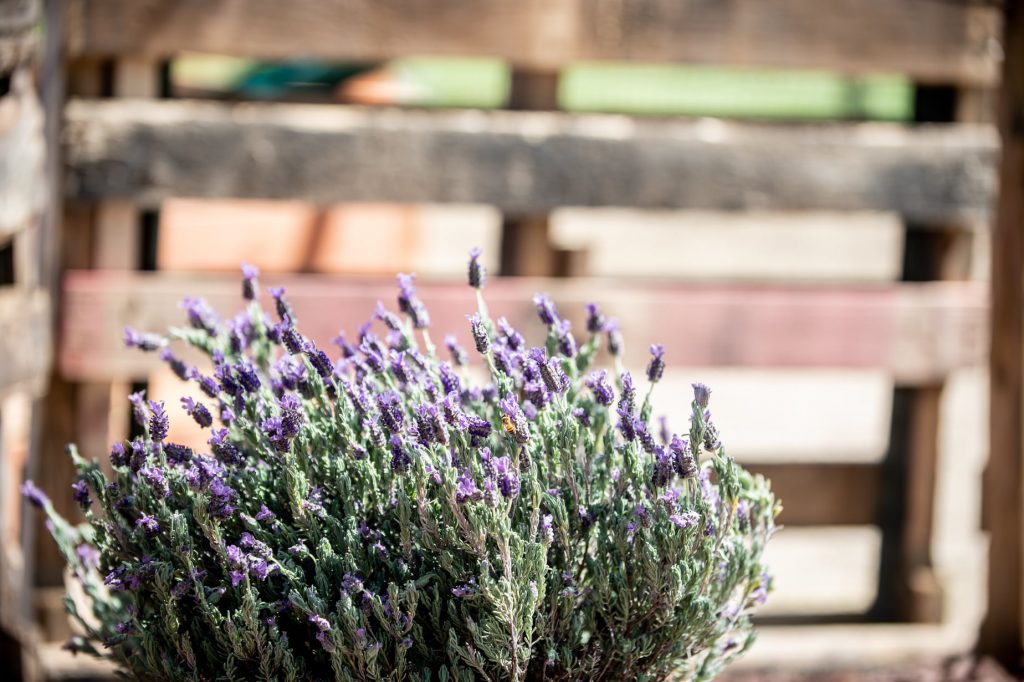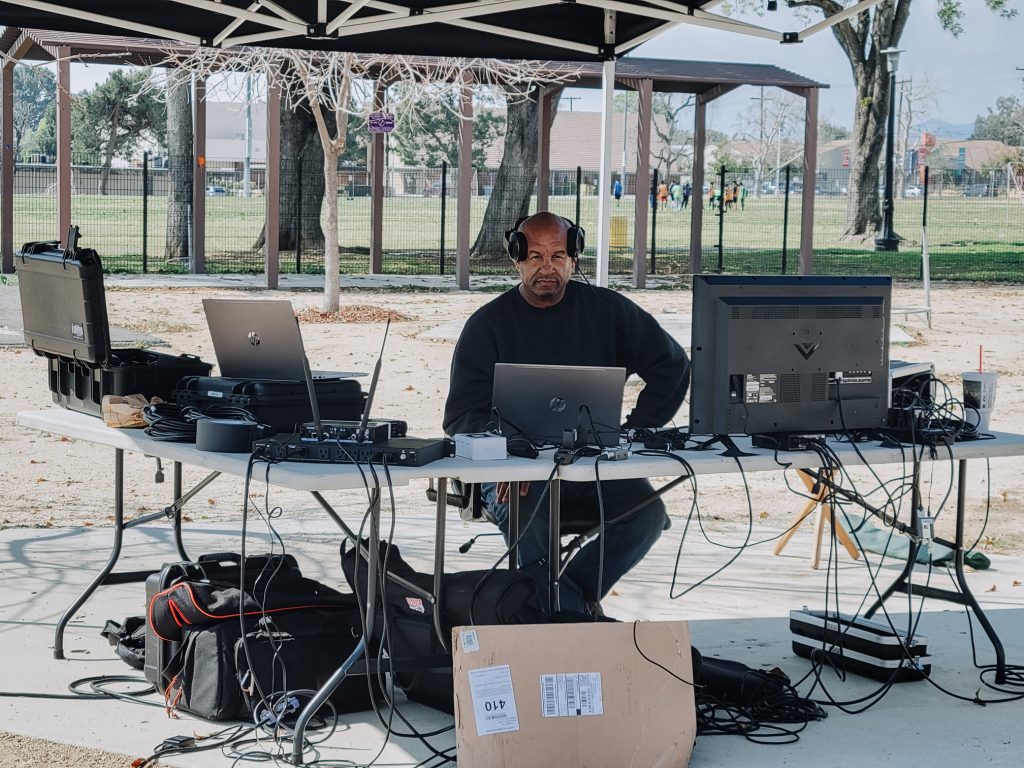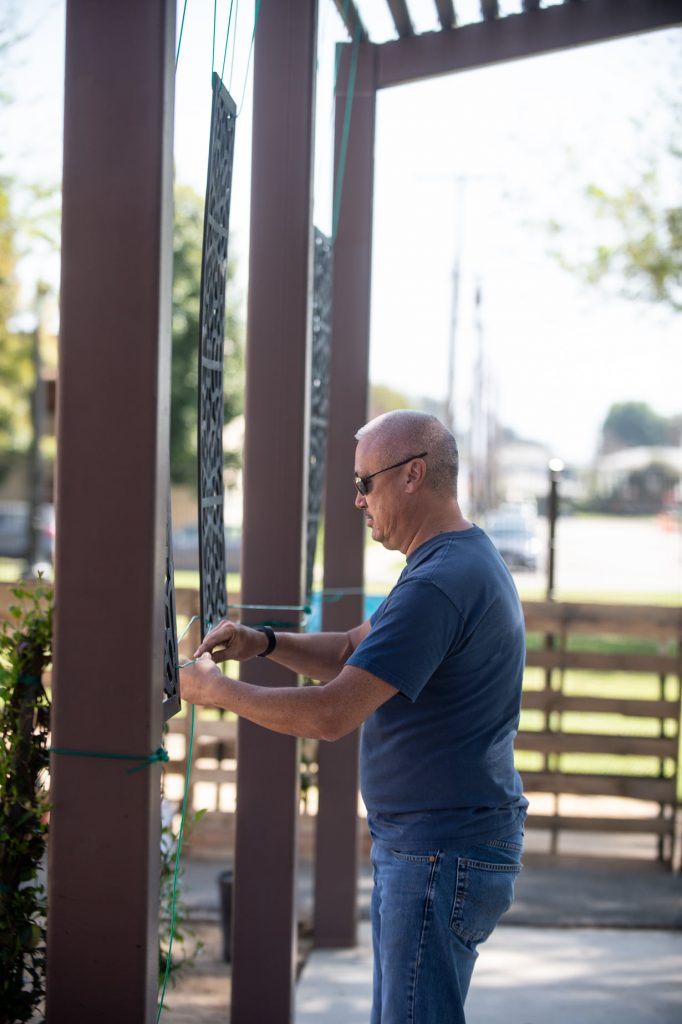New Vaccination Sites Will Provide Equitable Access to Latinx, Black and Other Communities Disproportionately Affected by Pandemic
Planned Parenthood of Orange & San Bernardino Counties (PPOSBC) has opened two new COVID-19 vaccination sites, in their San Bernardino and Victorville health centers, dedicated to eliminating barriers to vaccine access for Latinx and other diverse communities. PPOSBC’s patient population in San Bernardino — 81% of whom identify as Black, Latinx and people of color — have been disproportionately affected by both the virus and the pandemic’s economic fallout. PPOSBC has capacity to vaccinate up to 180 community members a week at the centers and offers both weekday and weekend appointments. The new vaccination sites are dedicated to making it as easy as possible to schedule an appointment, as well as providing accurate information and answering any questions a patient might have about the vaccine.
“At Planned Parenthood, we understand the only way to end this deadly pandemic is with COVID-19 vaccines, and we are proud to be part of the solution by offering these safe, effective vaccines to the communities we serve,” said Dr. Janet Jacobson, medical director of Planned Parenthood of Orange & San Bernardino Counties. “We are dedicated to being a trusted health care provider and that includes helping those facing inequitable access to comprehensive medical care and resources. We trust the vaccines to help make our future stronger and having them readily available at our health centers is key to increasing confidence that the best thing to do to keep you and the ones your loved ones safe is to get the COVID-19 vaccine as soon as possible.”
As the vaccine rollout accelerates across the country, and officials focus on ensuring the hardest-hit communities get access to shots, PPOSBC has launched an educational campaign including social media and digital ads to help build public confidence around the vaccines in these areas with a special emphasis on vaccinations in the Latinx community. Both health centers offering COVID-19 vaccines are located in zip codes that have been heavily impacted by the coronavirus. PPOSBC staff accurately reflect the populations in the communities they serve, and most of the support staff working at both sites are official translators and can provide care in multiple languages.
The organization will be offering the Moderna vaccine and will be a part of BlueShield’s “MyTurn” web appointment system. Anyone who is eligible (currently, any Californian aged 18 and up) can choose to get vaccinated at a PPOSBC location through the MyTurn scheduling system. The vaccine is free and available to all eligible people, regardless of citizenship status. Insurance is accepted, but not required.
Vaccination Sites
PPOSBC’s vaccination sites are located at:
San Bernardino Health Center
1873 S. Commercenter Dr. W., San Bernardino, Calif. 92408
Vaccines offered on Thursday and Sunday from 9 a.m. to 5 p.m.
Please check the MyTurn website for most up-to-date information. Vaccination walk-ins are currently being accepted on the days and times above only, but advance appointments are encouraged.
Victorville Health Center
15403 Park Ave. E., Victorville, Calif. 92392
Vaccines offered on Saturday from 9 a.m. to 5 p.m.
Please check the MyTurn website for most up-to-date information. Vaccination walk-ins are currently being accepted on the day and time above only, but advance appointments are encouraged.
To Make an Appointment
? Visit www.MyTurn.CA.gov or call (833) 422-4255
? Register and check your eligibility on the website
? Enter your address or zip code after confirming eligibility
? Scroll down to look for a Planned Parenthood location. In addition to the new locations in San Bernardino and Victorville, vaccines are also available in Orange County at Planned Parenthood’s Anaheim location, located at 801 E. Katella Ave., Anaheim, Calif. 92805
? Appointment slots are limited, so if you don’t see one of the Planned Parenthood locations, it means the appointments are full for that day. But you can check back later.
Helping Hesitant Family and Friends
For those with family or friends who are hesitant or have questions about the vaccine, Dr. Jacobson offers three helpful tips for handling conversations about why they should get their shots:
- Listen to their concerns with empathy. “These vaccines, while remarkably effective, are still very new. It’s natural for people to have questions about them. The sheer amount of information—and misinformation—about COVID-19 vaccines out there can be overwhelming for anyone. That’s why it’s so important to listen without judgement when a family member or friend expresses fear about getting vaccinated and identify the root of their apprehension.
“Acknowledge their emotions so they know they have been heard. For example, you can say something like, ‘It sounds like you’re stressed both at work and at home, and concerns about the vaccine are another source of stress. That’s really tough.'”
- Ask open-ended questions to explore those concerns. “Open-ended questions are meant to get more than a “yes” or “no” response. Asking open-ended questions can help you understand what a person is worried about, where they learned any troubling information, and what they have done to get answers to their questions. For example, you can ask, “How did watching that news report make you feel? What did you do next?”
“As difficult as it may be when you are passionate about making sure everyone is vaccinated, do not be judgmental. Respectfully ask open-ended questions that help you understand their fears, and avoid saying things like, ‘That’s silly to think that,’ or ‘why would you be worried about that?'”
- Once you understand their concern, ask their permission to share information with them. “Once you feel you understand where they are coming from, even if you do not agree, ask if you can provide some information. Tell them where you get information you trust and be careful not to push information on them. You can find answers to common questions they may have from reputable sources, including the CDC, San Bernardino County of Public Health, or other trusted sources such as the person’s doctor, nurse or pharmacist.
“Sometimes, simply sharing quick, accurate answers to common concerns your friends or family members can go a long way toward moving someone from worry to confidence to empowerment. If you don’t know the answers to their questions, offer to help them look for information. Remember that the overwhelming data regarding the safety of the COVID-19 vaccines may not be enough to change someone’s mind about getting vaccinated right away. It may take a while for the idea to grow so be patient and kind.”
“We are always here for every patient who walks through our doors, helping them make informed decisions about their health,” said Dr. Jacobson. “We will never let up on our commitment to giving everyone who uses our services high quality essential care, the most up-to-date information and the resources available to help them live the life they envision for themselves.”
To book a COVID-19 vaccination appointment, please visit www.MyTurn.CA.gov or call (833) 422-4255.
For more information about Planned Parenthood’s COVID-19 vaccination sites, and for answers to frequently asked questions, please visit: www.pposbc.org
 Westside Story Newspaper – Online The News of The Empire – Sharing the Quest for Excellence
Westside Story Newspaper – Online The News of The Empire – Sharing the Quest for Excellence





